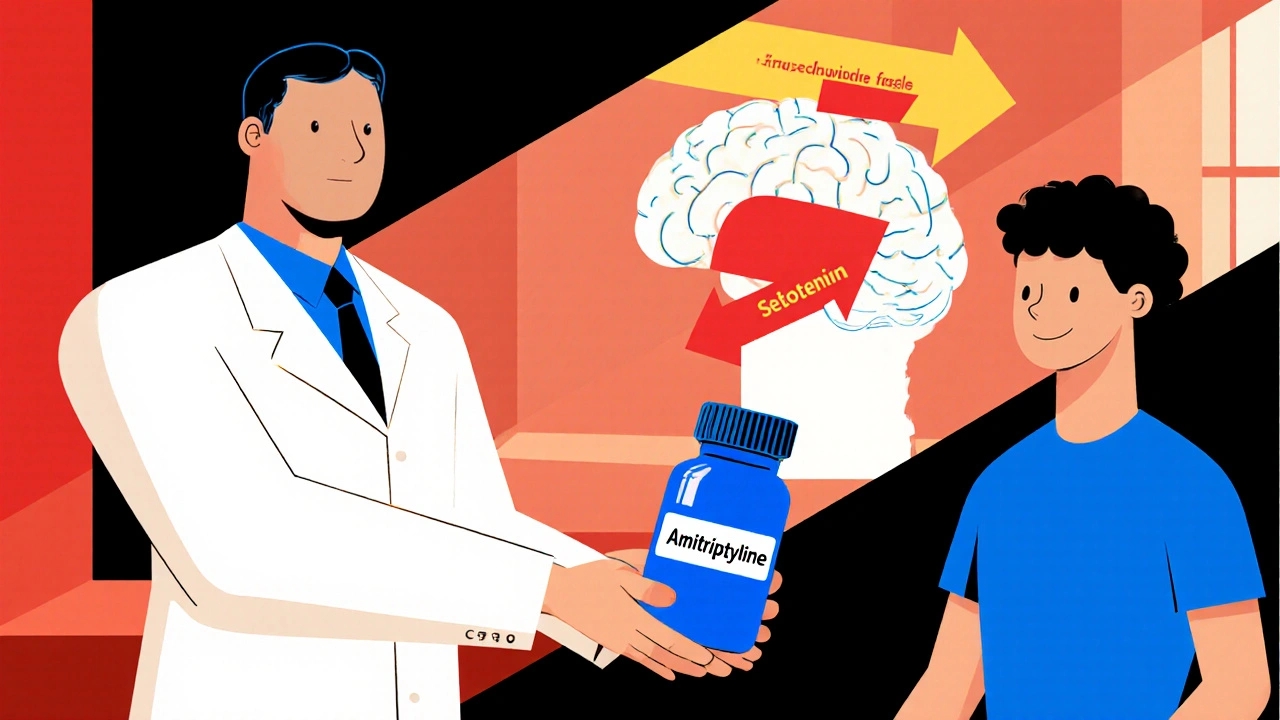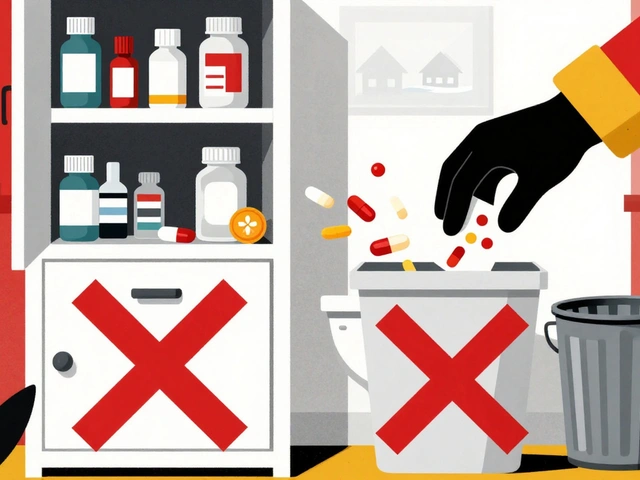Side effects: Spot them fast and handle them smart
Side effects can pop up when you least expect them. Some are mild and fade in days, others need quick action. This page gives short, practical steps you can use right away: how to read a drug leaflet, how to reduce common problems, and the signs that mean you should get medical help.
Common patterns and quick fixes
Different drug groups share predictable side effects. Acid blockers like Protonix (pantoprazole) often cause headache or mild diarrhea. Antibiotics such as doxycycline (Vibramycin) can make you sun-sensitive and upset your stomach. Steroid inhalers like Symbicort may give you oral thrush — rinse your mouth after each use. Chemotherapy drugs like melphalan and immunomodulators can lower blood counts, cause nausea, or make fatigue worse, so routine blood tests matter. Hormone injections (Hucog HP) sometimes cause injection-site pain or mood shifts. Mineralocorticoids like Florinef can cause fluid retention and raise blood pressure.
Simple fixes help a lot: take meds with food if the leaflet allows it, use a spacer and rinse after inhalers, wear sun protection with doxycycline, and keep a symptom list so you can spot patterns. For antibiotics, consider probiotics to reduce diarrhea (ask your provider first). For blood-pressure or fluid-related effects, track your weight and blood pressure for a few days after starting a new drug.
When to worry and what to do
Stop and call emergency services or your prescriber if you get trouble breathing, sudden swelling of the face or throat, chest pain, fainting, severe blistering rash, yellowing of skin/eyes, or signs of a serious infection (high fever, persistent vomiting). For less urgent but concerning symptoms — worsening mood, severe diarrhea, uncontrollable tremor, or very high blood pressure — contact your doctor or pharmacist the same day.
Keep a short log: drug name, dose, start date, and new symptoms. That makes phone calls with your clinician faster and more useful. If a lab check is recommended (for methotrexate, chemotherapy, or drugs that affect the liver/kidneys), don’t skip it — many serious side effects are caught early through testing.
If side effects are bothering you but not dangerous, ask about switching dose, timing, or an alternative drug. Telehealth services, pharmacists, and our articles on specific medicines (Protonix, Symbicort, Florinef, Hucog HP, melphalan, and others) can help you weigh risks and benefits.
Last tip: don’t ignore new symptoms. Some side effects fade; some won’t. A quick call to your healthcare team can save stress and prevent a small problem from becoming an emergency.

Amitriptyline vs Alternatives: Benefits, Side Effects, and Best Uses
A detailed guide comparing amitriptyline with its main alternatives, covering uses, side effects, costs, and how to choose the right drug for your needs.
read more
Depakote Uses, Side Effects, and What to Know Before Taking It
Depakote is a medication often used for treating epilepsy, bipolar disorder, and migraines, but there’s so much more to the story. This deep dive uncovers what Depakote does, the risks, side effects, and what you need to talk with your doctor about before starting. Get tips from real experiences and learn surprising facts, making this a must-read for anyone dealing with seizure or mood conditions.
read more




